Hyundai presents new Nexo and revised Ioniq 6
Let’s talk about the Nexo first: Hyundai has been selling the fuel cell car since 2018, and the model is known to serve a very small niche. Nevertheless, the South Koreans now unveiled a second generation. The new Nexo is currently on display at the Seoul Mobility Show in South Korea. It is expected to launch on ‘global markets’ before the end of the year. Hyundai sees the new generation as confirmation of its own ‘leadership in the global hydrogen market.’
The new Nexo is longer, wider and higher than its predecessor, which should create more space for passengers and cargo. Above all, the new hydrogen-powered passenger car has grown in terms of its front and rear overhangs – to a total length of 4.75 metres. By contrast, the wheelbase of 2.79 metres remains unchanged from its predecessor. Developers also overhauled the drive system. The engine output of the front-wheel-drive model has increased from 120 to 150 kW and the power of the fuel cell stack from 95 to 110 kW gross. At the same time, battery power has doubled (from 40 to 80 kW). In terms of the Nexo’s performance, this should have an impact on both its range (from 666 km, according to WLTP, to over 700 km) and its sprinting ability (0 to 100 kph in 7.8 instead of 9.2 seconds). The FCEV should also become more reliable in winter: a ‘Wake Up’ stack anti-freezing function and other system optimisations ‘enhance low-temperature drivability and ease of starting year-round,’ Hyundai announced in Seoul.
| Nexo | 2 nd. generation | 1st generation |
|---|---|---|
| Length | 4.75 m | 4.67 m |
| Width | 1.87 m | 1.86 m |
| Height | 1.64 m | 1.63 m |
| Wheelbase | 2.79 m | 2.79 m |
| Power output | 150 kW | 120 kW |
| Acceleration | 7.8 sec | 9.5 sec |
| Fuel cell | 110 kW (94 kW net) | 95 kW |
| Hydrogen tank capacity | 6.69 kg/162.6 litres | 6.33 kg/156.6 litres |
| Battery | 80 kW | 40 kW |
| Range | +700 km | 666 km |
| Boot capacity | 993/1.719 litres | 461/1.466 litres |
In addition, the new Nexo can carry more hydrogen in its three tanks (6.69 kg compared to 6.33 kg), is said to use the fuel more efficiently and also offers an ‘increased hydrogen storage density’, Hyundai said. The new technical features also include a ‘Smart Regenerative System’ that automatically adjusts the degree of recuperation to the environment (based on navigation data and the distance to vehicles in front). And a column-shaped gear lever that replaces the conventional lever in the centre console. In addition, the new Nexo is vehicle-to-load capable.
In terms of design, the new edition of the fuel-cell car is based on Hyundai’s Initium concept, which was presented in October and, with relatively angular lines and a technical-looking structure, is intended to convey a particularly robust image. The ‘Hyundai pixels’ on the Nexo front can also be seen as a brand recognition feature. The new generation will be available in six colours. In addition, Hyundai cites aerodynamic improvements to the body, including a revised underbody and better airflow management, coupled with sound-absorbing tyres. And: the European models of the new Nexo will in future be able to tow a trailer weighing up to 1,000 kg.
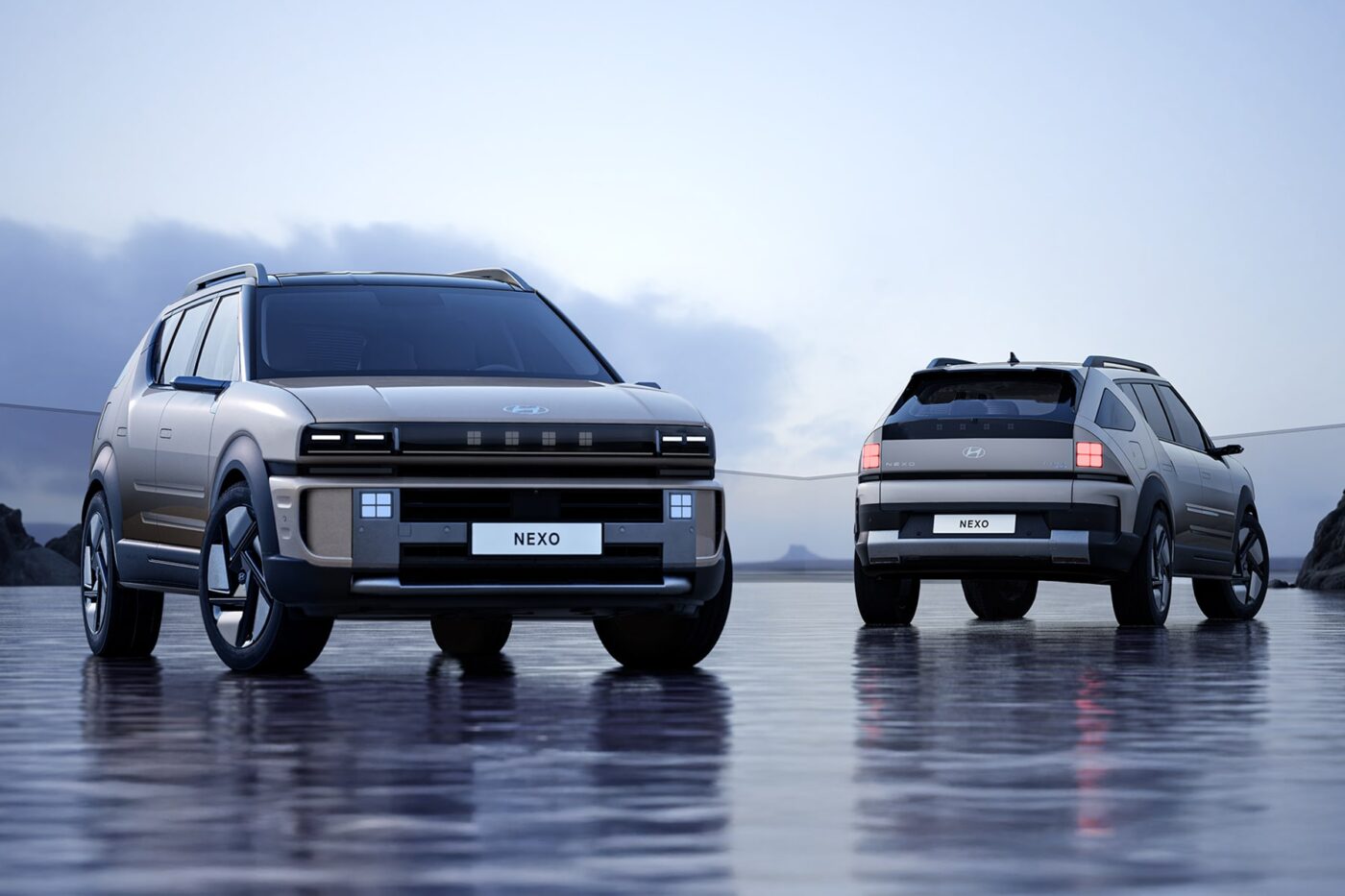
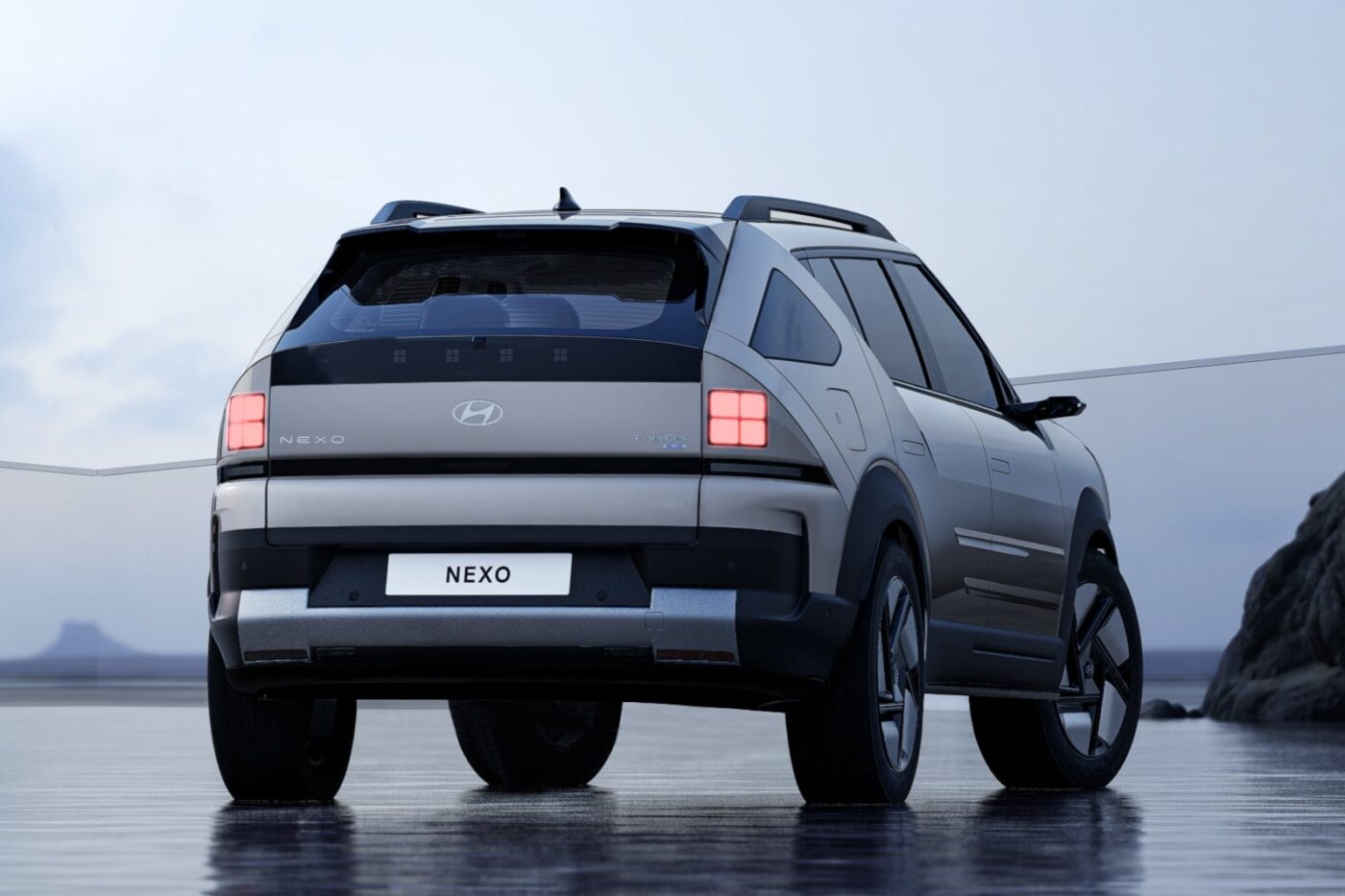
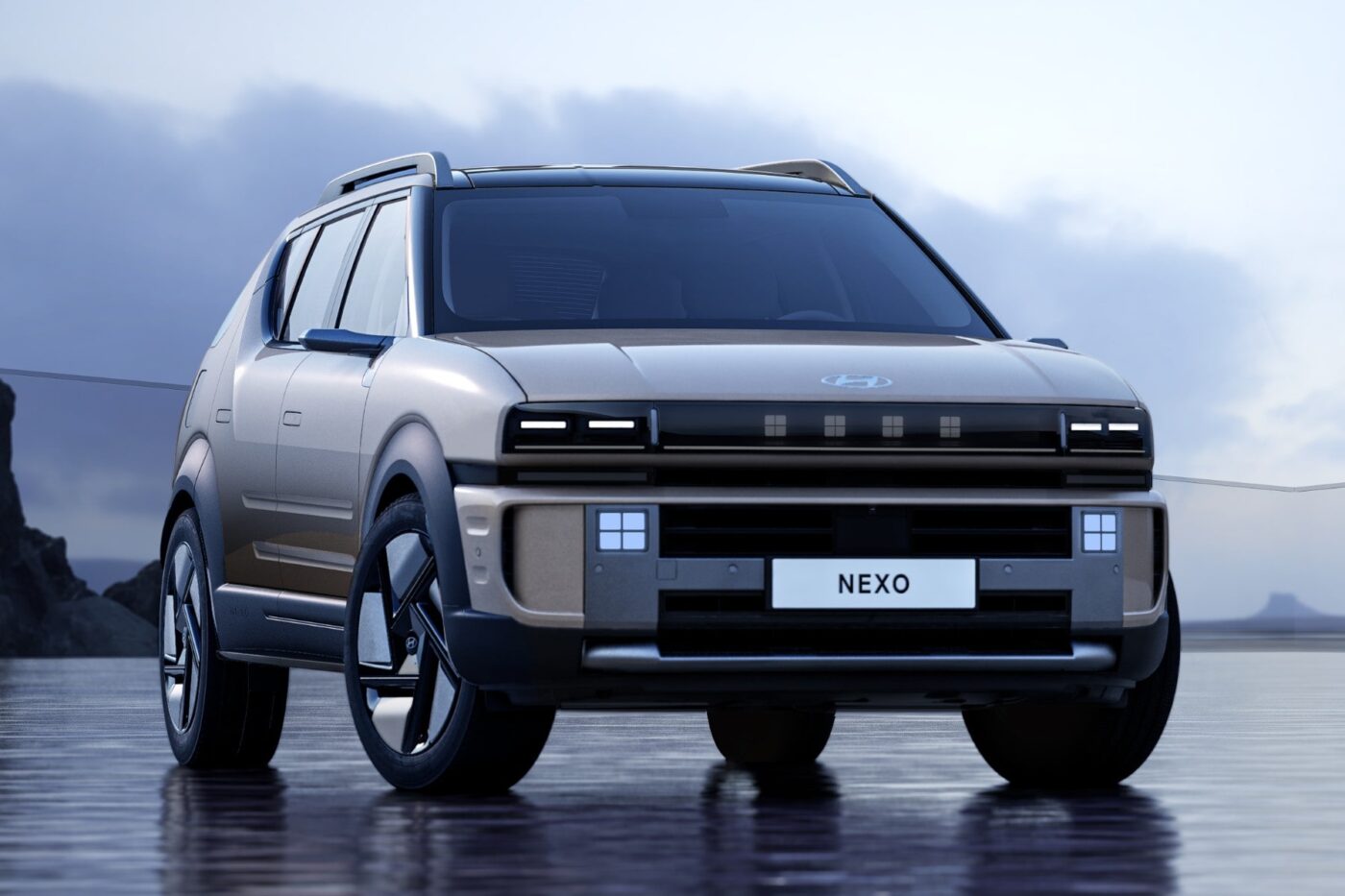


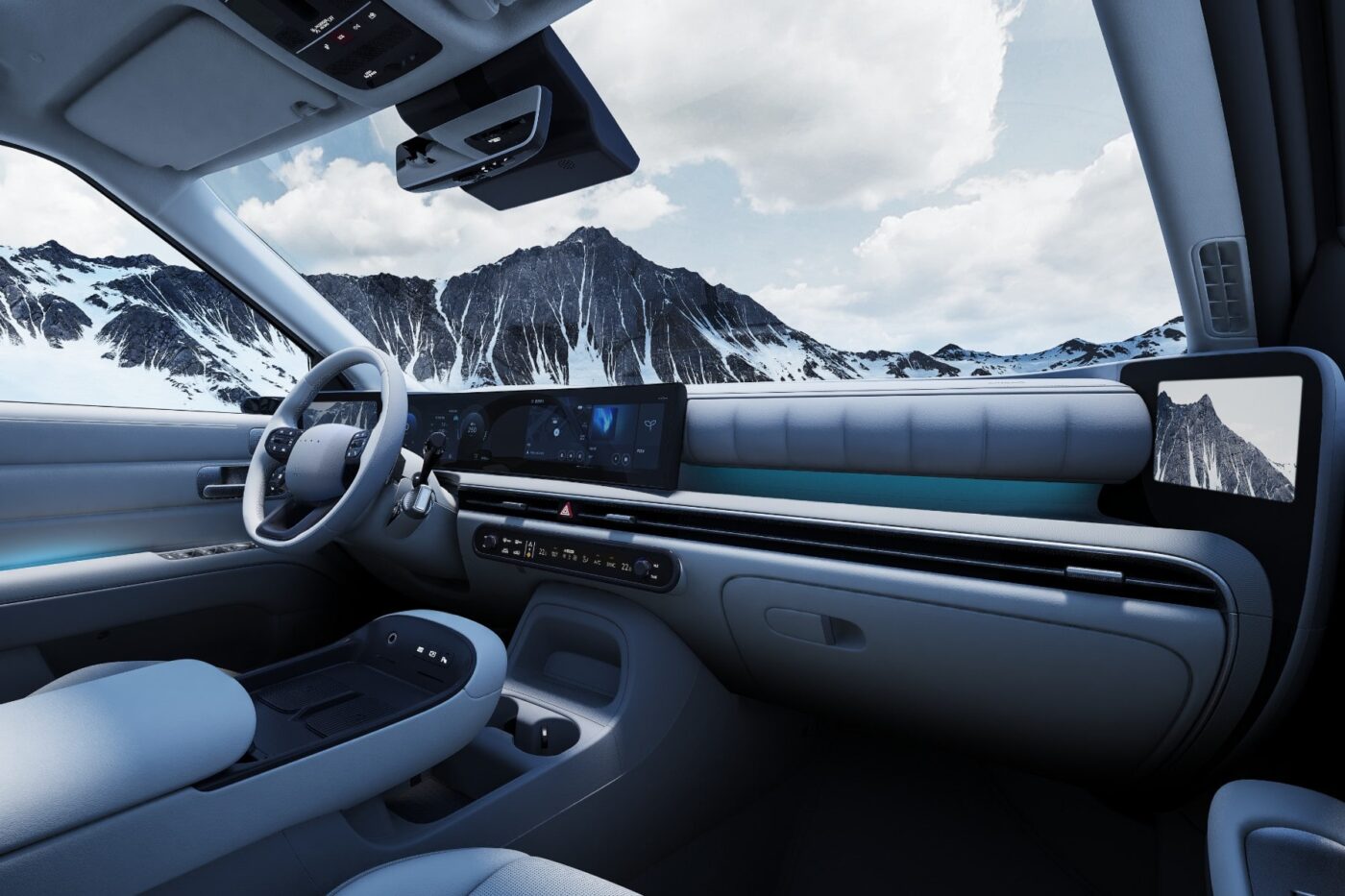
Inside, the cockpit features a curved, driver-oriented display and an island-like centre console. There is also a digital centre mirror and (in some markets) a digital side mirror system. The display mentioned combines a 12.3-inch driver information cluster and a 12.3-inch infotainment monitor – supplemented by a head-up display on the windscreen. The infotainment system supports OTA updates and features generative AI speech recognition, as well as wireless Apple CarPlay and Android Auto.
Hyundai announced another important and interesting feature: the new Nexo will offer a route planner specially developed for hydrogen vehicles. The system is designed to plan the optimal route without the need for additional apps and to integrate hydrogen filling stations. It should also be possible to check the availability and status of the filling station (and possible waiting times) in real-time.
The Ioniq 6 also gets a facelift
The facelifted Ioniq 6, which Hyundai unveiled in Seoul, had been eagerly awaited. Developers tackled the sedan’s revision relatively early. The series was unveiled in June 2022 and hit the road at the end of 2022 – so not even three years ago.
The improvements that Hyundai mentioned are only cosmetic. The successor has slightly sleeker proportions. In the front, developers raised the bonnet and in the rear, they replaced the distinctive spoiler with an extended ducktail spoiler. It makes the model look even more streamlined. The design of the headlights has also been revised, with separate, slim reversing and main headlights.




Inside, the new Ioniq 6 offers a newly designed steering wheel and revised door panels, which Hyundai said gives an even higher-quality feel. The developers have also tweaked the centre console layout to improve functionality, and the air conditioning display has been enlarged.
“Ioniq 6 has evolved from a single Electrified Streamliner into a lineup, each model expressing its own character while staying true to one refined vision,” said Simon Loasby, Senior Vice President and Head of Hyundai Design Center. “Under the evolved design concept of ‘Pure Flow, Refined’, we’ve enhanced every line and detail to make Ioniq 6 simpler and more progressive.”
The performance version Ioniq 6 N has also been revised, but Hyundai will not unveil the model until the summer. However, the carmaker already teased the Ioniq 6 N in Seoul. Here are the first pictures:
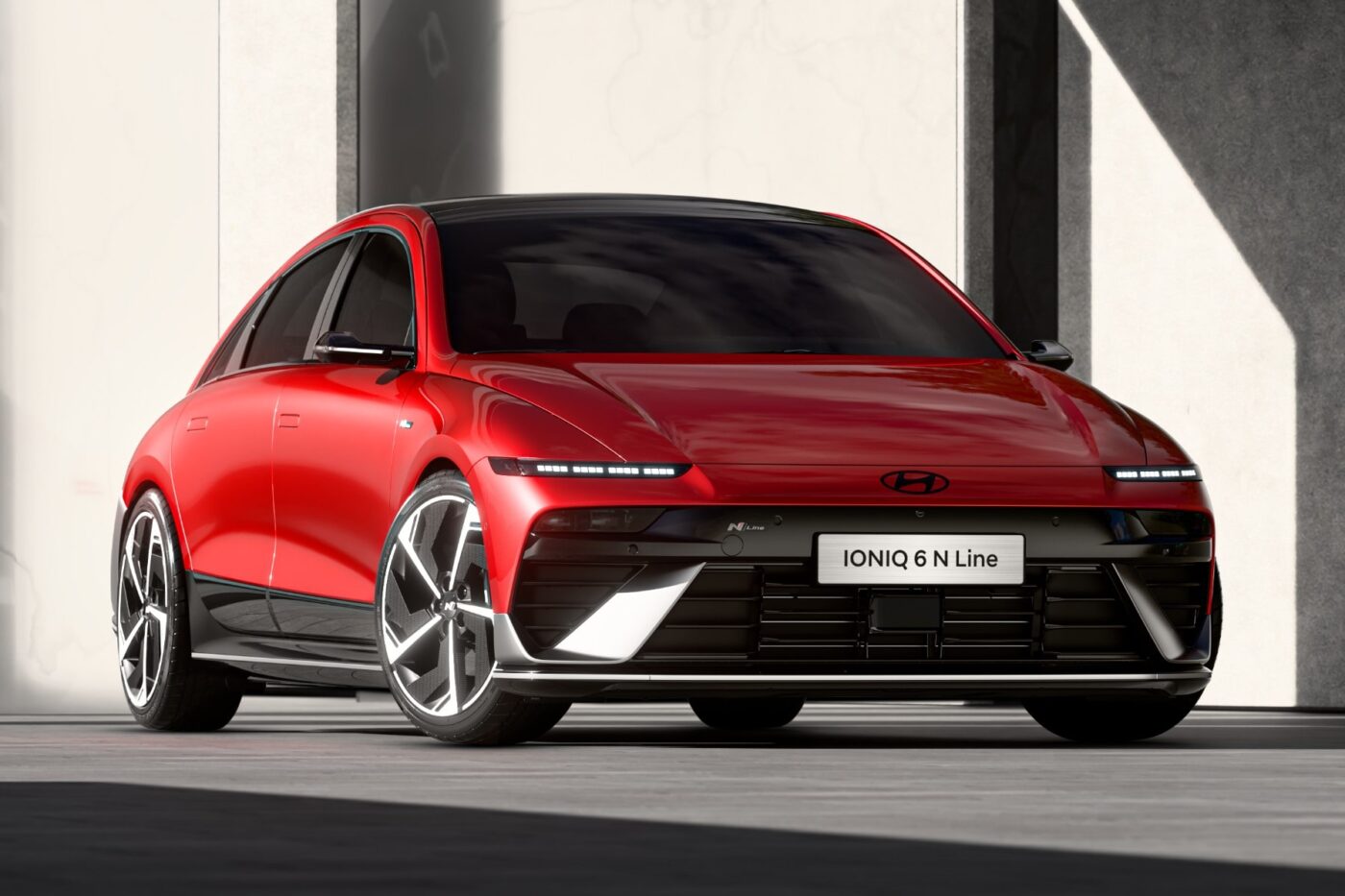
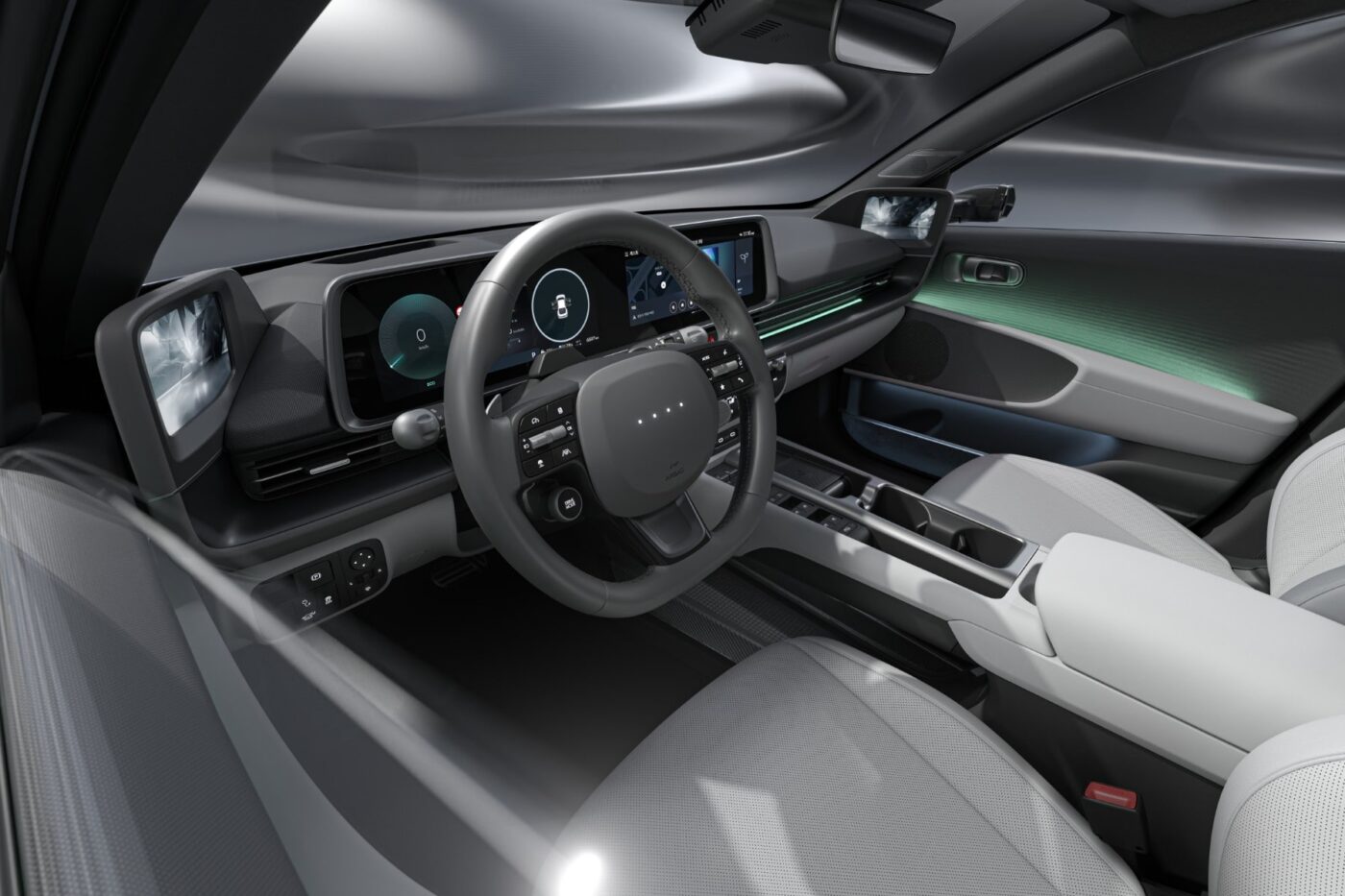
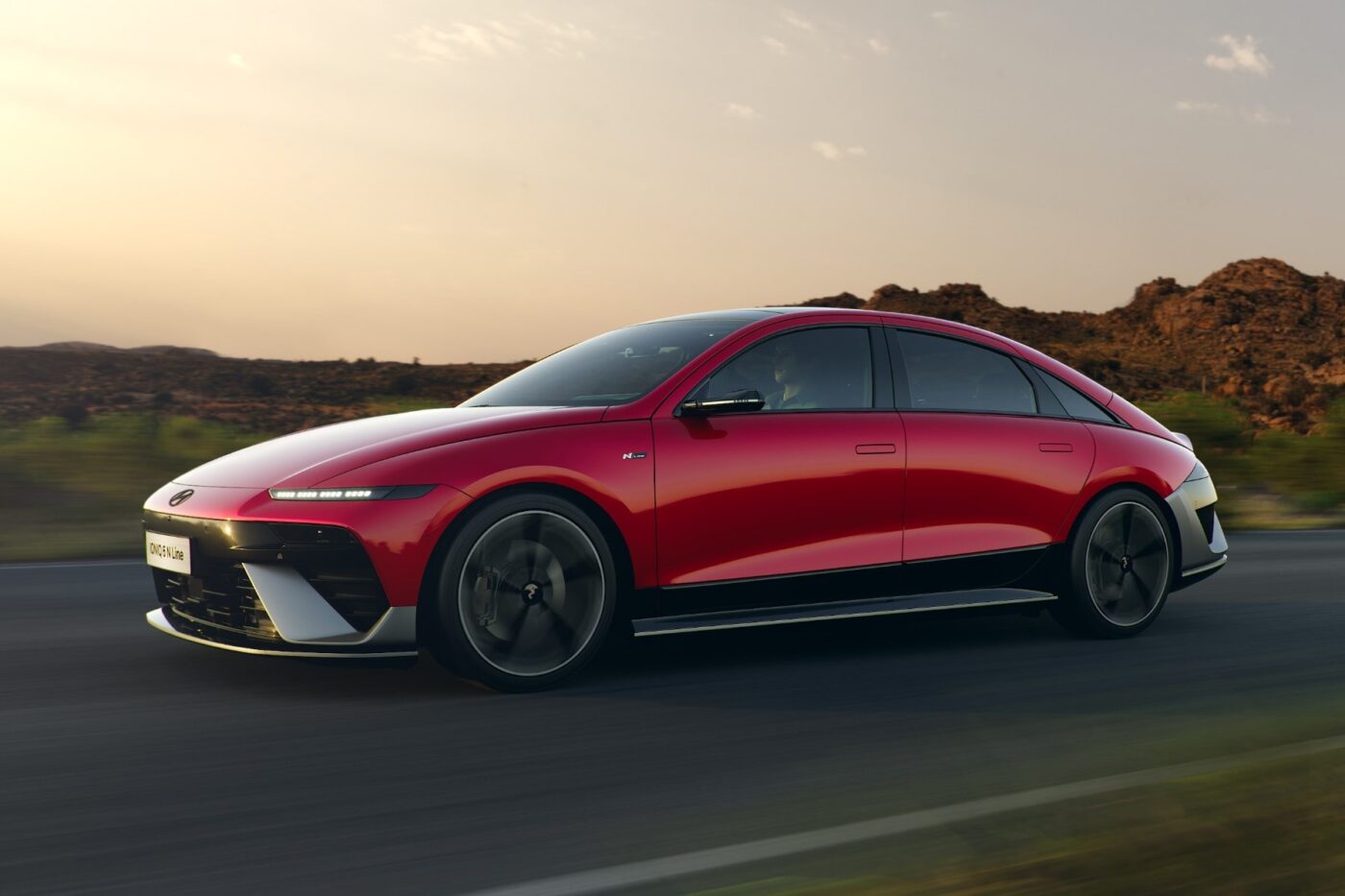
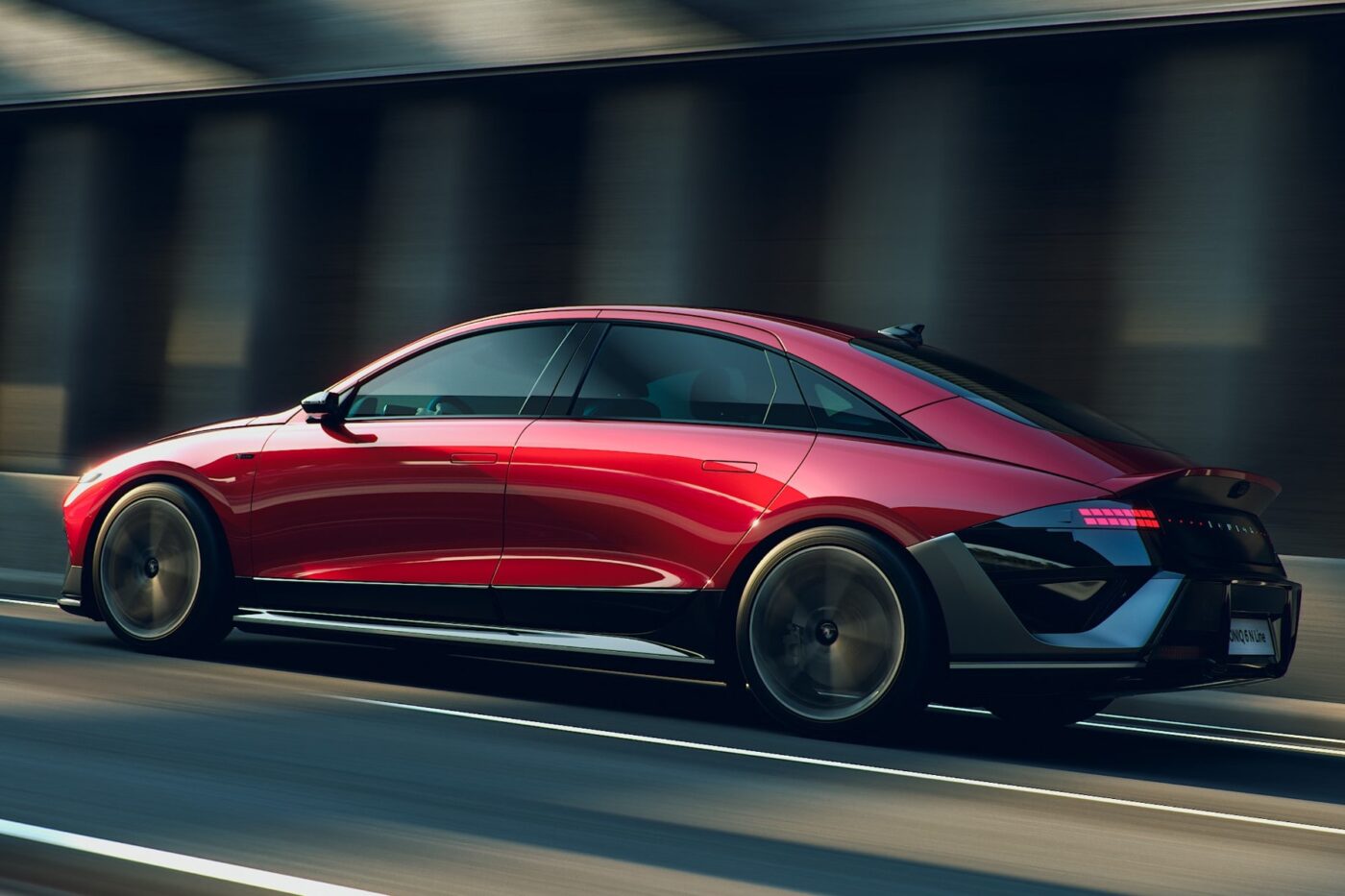
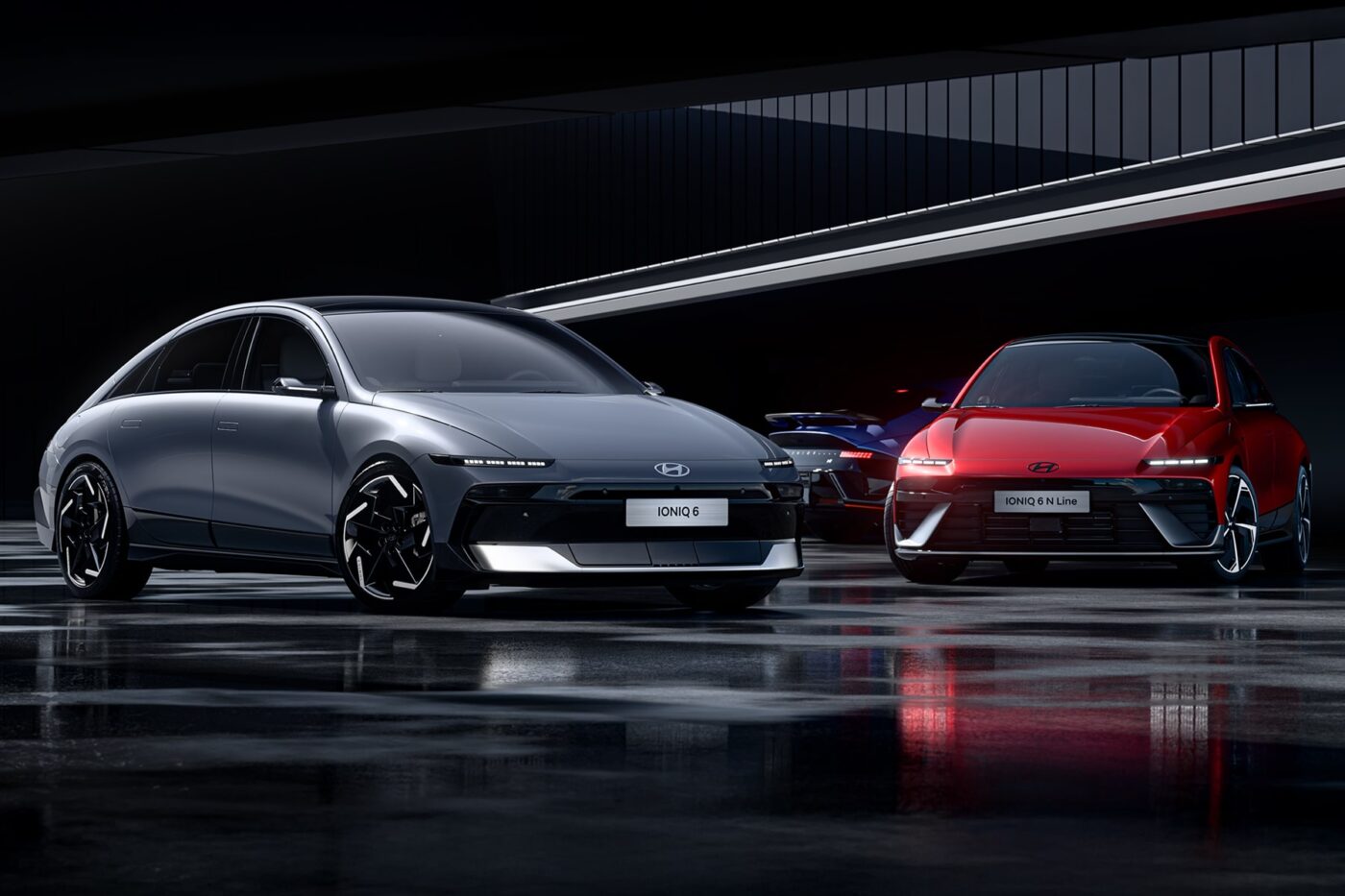
hyundai.com (Nexo), hyundai.com (Ioniq 6)

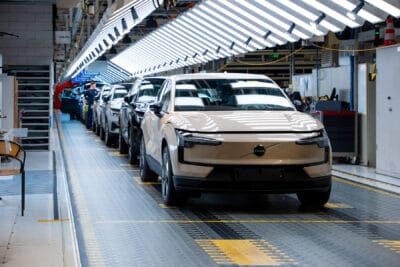
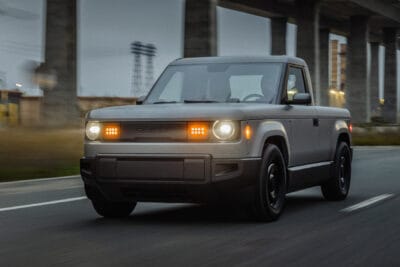

0 Comments